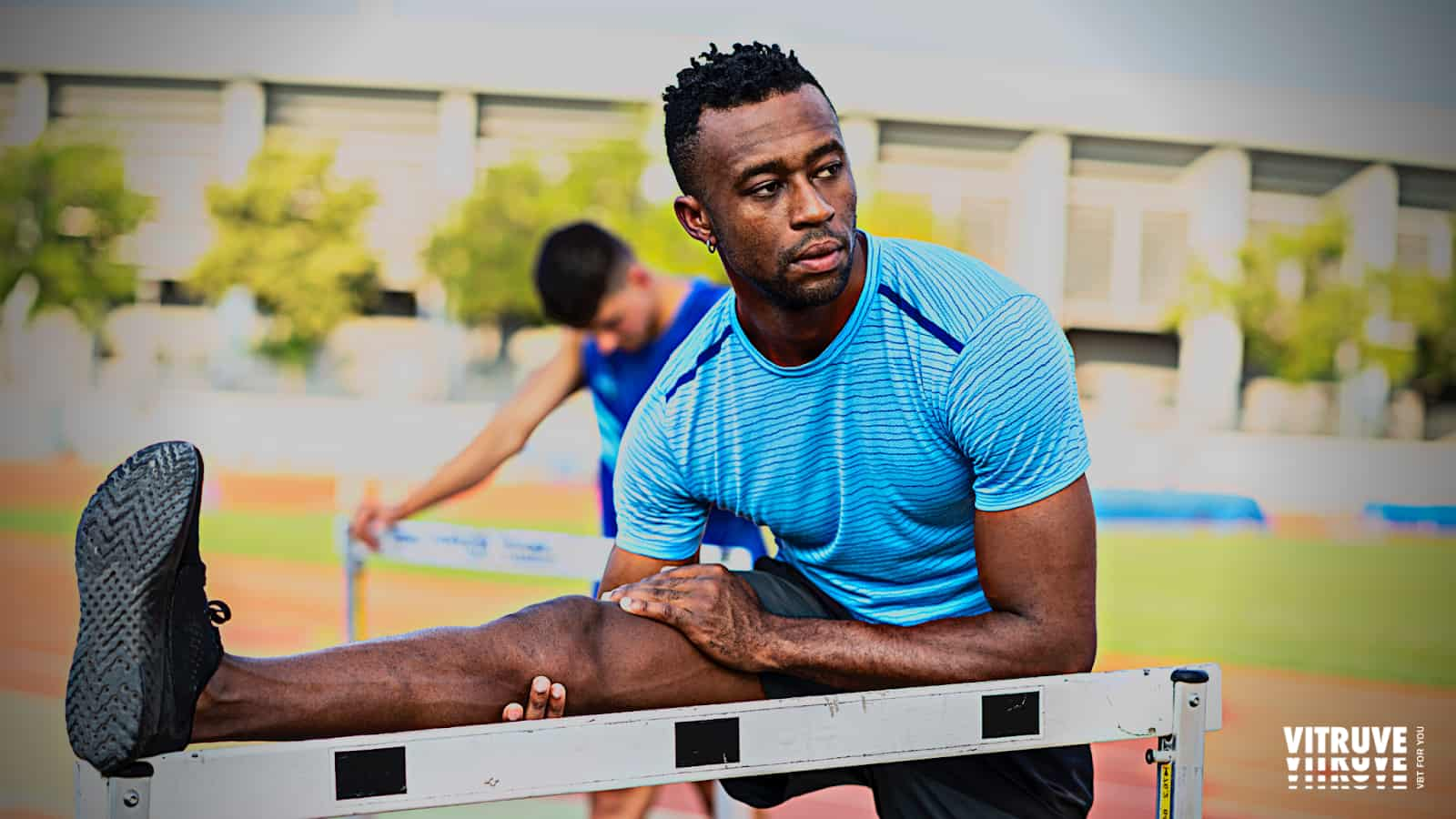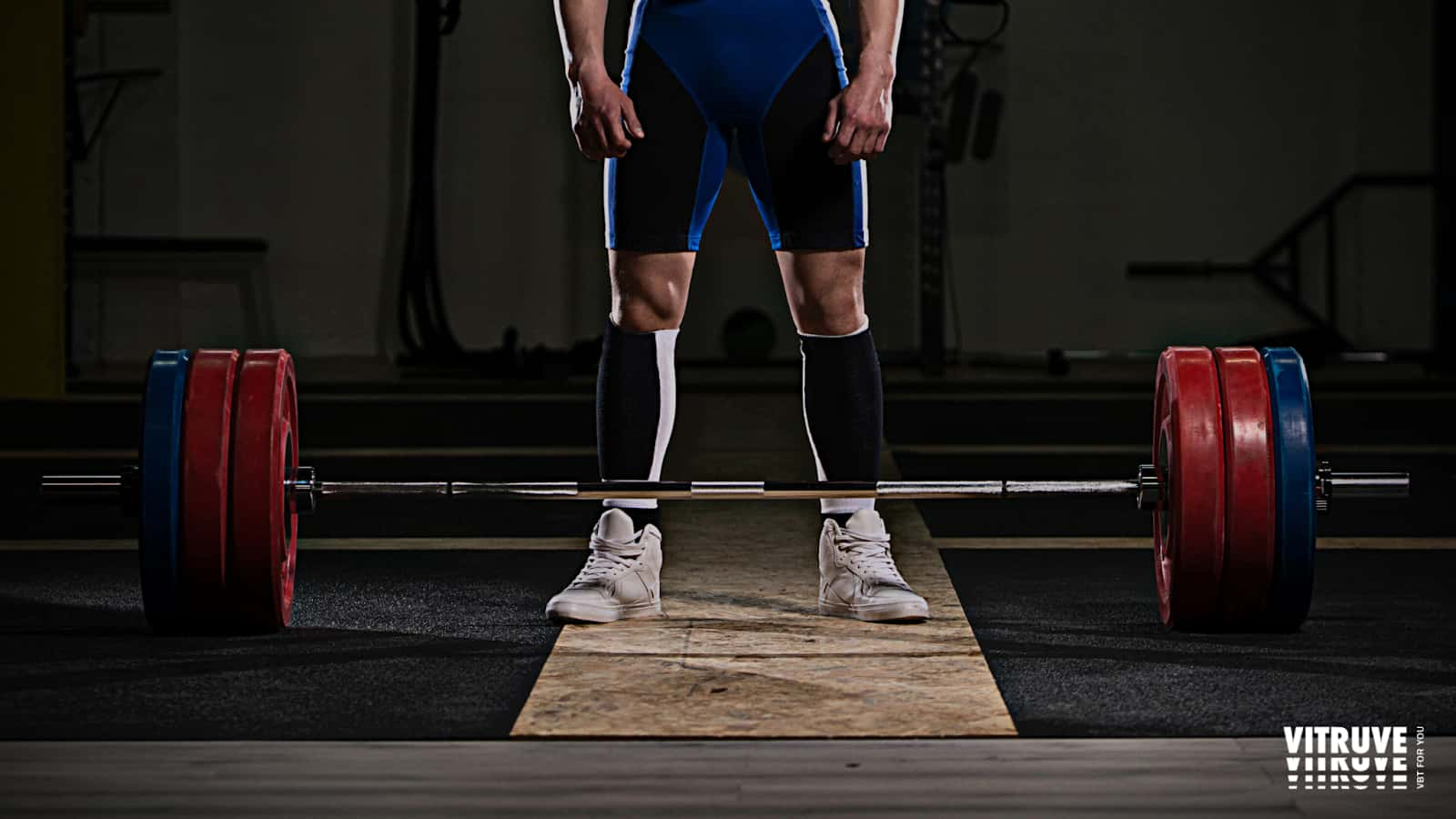18 de July de 2022
How to Prepare for the 300-Meter Hurdles
If you think sprinting along a 400-meter track at full speed is the hardest thing to accomplish, think again. A 300-meter hurdles race might be an even more grueling undertaking. Not only do athletes have to run through most parts of the track, but they also have to clear eight hurdles along the way. And once those hurdles are cleared, the last five yards become like five klicks.
The above lines represent a scenario typically faced by an athlete who is yet to acquire enough training for a 300-Meter Hurdles race. Adequately trained and technically sound athletes are capable enough to avoid losing their speed to hurdles and track length.
The Right Technique
The right technique to run a 300m hurdles event is a combination of speed, power, endurance, strength, and running technique. So if you want to perform well in such an event, you must go with an approach that focuses on every element. This will require extensive training, but you will be there in the end.
To perfect your technique for a 300-meter hurdles event, the first thing to think of is your start. An exploding start gives you the vital push that carries you forward throughout the race. Before starting running, keep your balls of the feet on the track and heels rested on the starting blocks. Record the time taken to clear the first 20 meters using a stopwatch.
Hurdle clearance may remain a tough challenge unless you perfect your technique. Some runners think of power and speed as the only elements involved in clearing hurdles. But the fact is without proper technique, you won’t be able to shave extra seconds off the racing time. Remember, a good technique allows you to clear hurdles quickly and without losing energy.
Maintain your natural stride when approaching hurdles. Jump at the hurdle at a distance of 6-7 feet with one foot facing forward. Make sure that your front leg is slightly bent. The trailing leg should be horizontal when you pass over the hurdle.
Work on your sprinting technique to maintain your full speed between the hurdles. A proper running form involves standing tall and keeping the knees and toes up. When you stand tall, the center of your body mass comes just above your hips. This helps you land with your foot touching the track under your hips. Keep your feet dorsiflexed throughout the sprint.

Steps/Phases Involved
A 300-meter hurdles race is an overall challenging undertaking, but not when you break it into phases. It is like chunking a project to handle each part individually. It becomes easier to plan and execute this race if you divide it into several components.
Here are the steps involved in a 300m hurdles event.
- The start (from starting blocks to the first hurdle)
- The backstretch (hurdle 2 and the track length up to hurdle 3)
- The curve (hurdles 3, 4, and 5)
- The homestretch (hurdles 6, 7, and 8)
- The finish (the distance between the final hurdle and the finish line)
The Start
The best thing about the 300m hurdles race is that it provides enough room for an athlete to accelerate. The distance between the starting block and the first hurdle is 45 meters. Running through this distance allows you to acquire an upright sprinting form before you approach the first hurdle.
The Backstretch
The phrase that follows the start is the backstretch. This is where the athletes have already accelerated to their top speed and cleared the first hurdle. This phase is all about maintaining the speed.
The Curve
The curve phase starts when athletes approach hurdle 3. This is where the athletes have run 100 meters with the top speed they can muster. And now, they have started losing some of their speed and mechanics. This is where refocusing on the technique can help athletes to keep up. Coaches can train their athletes to imagine running downhill during this phase.
When running through the curve, the body itself to the curvature movement. At this point, the athletes must alter their arm movement with the outside of the arm reaching the chin instead of the cheek. This prevents the hurdler from losing mechanics, balance, and speed.
The final hurdle of the curve is the starting point of a straight track. It is a point where athletes can reaccelerate themselves and come back to their standard sprinting form.
The Homestretch
The homestretch is the hardest part of the race for most athletes. At this point, athletes start losing explosive movement and stability due to the fatigue setting in. So, the best the athletes can do here is to focus on coordination. But then again, giving up on the technique too early can result in a slower run and poor hurdling.
The Finish
Aside from eight physical hurdles, there is a mental hurdle in a 300m hurdle race; and that is The Finish phase. Maintaining speed along this part of the track is a vital part of winning the race. Although every phase of a 300m Hurdle race is essential, the final 10 meters can be a difference between winning or losing.

Workouts for 300m Hurdles
As mentioned above, the right technique to run 300-meter hurdles successfully is a combination of strength, power, speed, and technique. You can work on speed and technique only when you have enough body strength, power, and endurance. For this reason, it is vital to get good with some weight training, as it will enhance your physical abilities for the race. Such workouts can help manage velocity loads during sprints.
Olympic lifts have been known for building explosive power for quite some time. These workouts typically involve lifting loaded barbells to enhance muscle strength and endurance. Sprinting coaches combine these lifts with velocity-based training, which is an advanced way to make an athlete more agile.
Velocity-based training – or VBT – is a workout mechanism based on real-time monitoring and load adjustments to increase or decrease the repetition number and speed. This system uses a specialized tool called a linear position transducer that senses movements of the barbell and shows AI-based metrics, which the coaches use for further workout adjustments.
Speaking of VBT equipment, Vitruve is one of the top-quality VBT devices that allow athletes and their coaches to perform weight training to achieve different workout goals, including building strength and power for sprinting and hurdling.
Conclusion
Being successful at the 300m hurdles event is a pinnacle for any hurdler out there. However, this feat is achievable with good technique and enough body strength. This guide should help every sprinter and hurdler to learn the basics of how to perform well during 300m hurdles.

